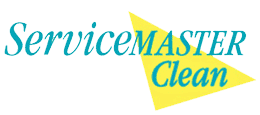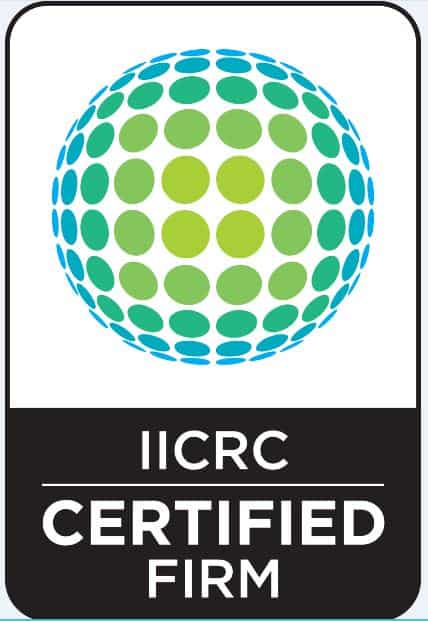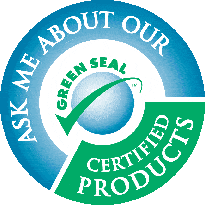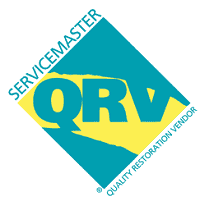Sprinkler system issues can cause costly, long-term damage before you even realize there’s a problem.
If you suspect sprinkler water damage, we’re here to help.
In this blog, our team at ServiceMaster of Lake Shore outlines the warning signs, what steps to take, and how to get your home back to pre-loss condition quickly and professionally.
Key Takeaways
- Sprinkler systems can cause hidden water damage, especially during Chicago’s wet summers.
- Signs include pooling near your foundation, musty smells in your basement, or warped flooring.
- Act fast to prevent more serious damage: turn off the sprinkler system, inspect the area, and call a restoration pro such as ServiceMaster of Lake Shore.
- ServiceMaster of Lake Shore provides fast, local, and expert water damage restoration across Chicago. Call us today to learn more: (312) 707-8597
Warning Signs Your Sprinkler System Is Causing Water Damage
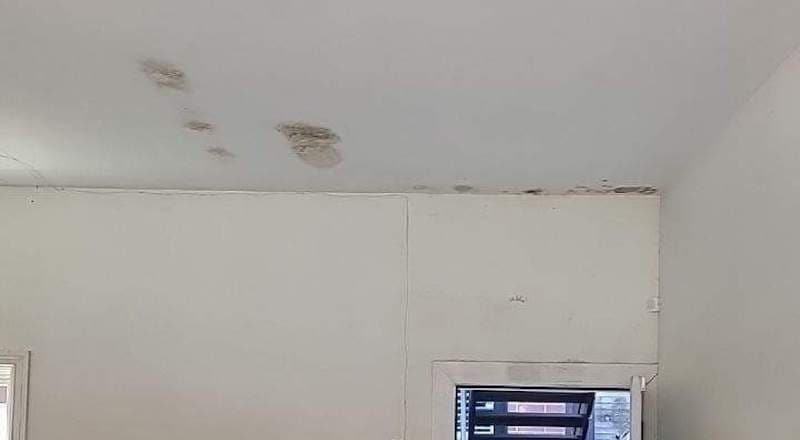
Sprinkler systems are designed to hydrate your lawn, but if they’re misaligned, malfunctioning, or overused, they can saturate your soil, overwhelm your drainage system, and start seeping into your home.
Here are common red flags to look for:
- Pooling water near your foundation or basement windows: This is especially common in older homes in areas like Andersonville or Oak Park, where drainage systems are often outdated.
- Damp or musty smells in the basement: These are telltale signs of moisture intrusion that can lead to mold growth.
- Warped flooring or bubbling paint: This indicates that moisture is traveling into your interior walls or floors.
- Unexplained spikes in water bills: This sign suggests a potential underground leak in your sprinkler line.
- Visible mold or mildew indoors: These issues often appear in lower levels or crawl spaces and can pose health risks.
- Wet spots on interior basement walls: This is a common problem near where irrigation lines or sprinkler zones run outside.
- Cracks in foundation walls: Over time, long-term saturation can erode concrete and lead to structural problems.
Steps to Take After Sprinkler Water Damage

1. Turn Off the Sprinkler System
First things first: shut off the system at the control panel or water main.
This stops additional water from seeping into your home and prevents the damage from getting worse while you assess the situation.
2. Inspect the Area
Look for signs of oversaturation outside—such as soggy soil, puddles near the foundation, or erosion near the driveway.
Inside, check the basement or crawl space for water stains, mold, or moisture.
3. Document the Damage
Take clear photos of any visible damage, water stains, warped materials, or mold.
Keep detailed notes on when you discovered the problem and what areas were affected. This will support your insurance claim.
4. Notify Your Insurance Provider
Sprinkler-related damage may be covered under your homeowner’s insurance, especially if it was sudden or due to equipment failure.
Submit your claim with detailed documentation, and request an inspection as soon as possible.
5. Call an Irrigation Specialist or Plumber
A licensed sprinkler technician can evaluate your system and pinpoint the source of the problem, whether it’s a broken line, tilted head, or system overuse.
They can also adjust coverage zones or upgrade outdated components.
6. Contact ServiceMaster of Lake Shore
This is where we come in. Our Chicago-based team specializes in identifying hidden moisture, drying out affected areas, and fully restoring your home.
We’re available 24/7 and ready to dispatch technicians across the city, from Lakeview to Lake Bluff, to stop the damage and start repairs right away.
Call us at: (312) 707-8597
Our Water Damage Restoration Process
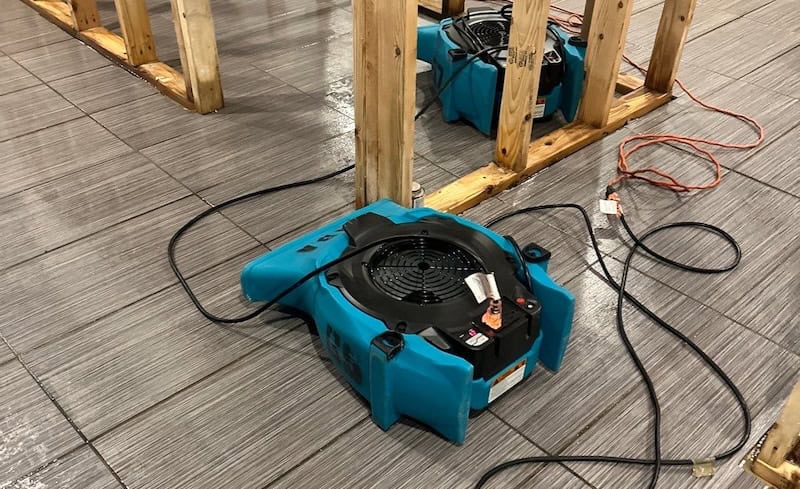
At ServiceMaster of Lake Shore, we take pride in offering a thorough, reliable, and stress-free restoration process.
Here’s how we handle sprinkler-related water damage:
1. Initial Inspection and Moisture Mapping
Using thermal imaging and moisture meters, we assess the extent of damage behind walls, under floors, and around foundations.
2. Water Extraction and Drying
We remove standing water and use commercial-grade drying equipment, like air movers and dehumidifiers, to dry the space and prevent mold fully.
3. Mold Remediation (If Necessary)
If we find mold, our certified technicians follow strict containment and removal protocols to clean and disinfect affected areas safely.
4. Structural Repairs and Restoration
From replacing drywall and insulation to repairing damaged flooring and paint, we handle all the construction work necessary to return your home to its original condition.
5. Final Walkthrough and Quality Assurance
Before we consider the job done, we do a final inspection to ensure your home is completely dry, safe, and up to code.
We also provide tips to help prevent future issues.
We’re Here to Help Clean up Sprinkler Water Damage
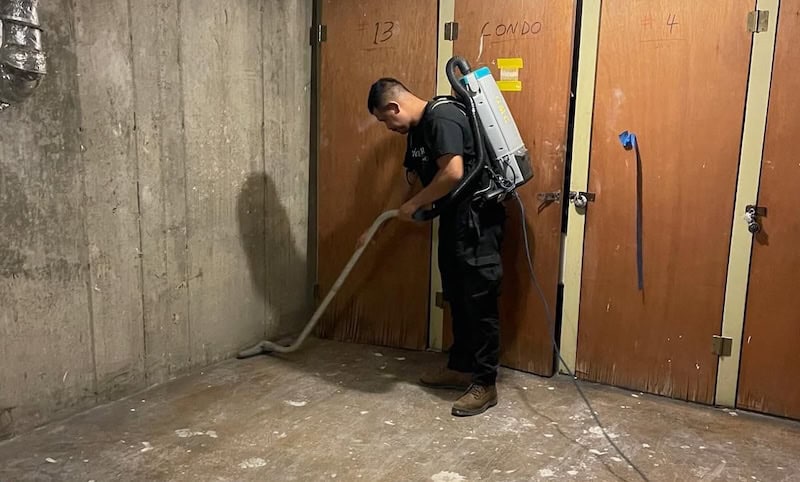
Sprinkler system water damage can sneak up on you, especially during Chicago’s humid summers.
Don’t wait for minor signs to turn into major problems. Act quickly and call the trusted professionals at ServiceMaster of Lake Shore.
Our team is local, experienced, and ready to help homeowners across Chicagoland tackle sprinkler water damage as quickly as possible.
Whether you live in a historic bungalow in Ravenswood or a modern townhouse in Bucktown, we’ll restore your space.
Contact us today: (312) 707-8597.
FAQs
What causes lawn sprinkler water damage?
Common causes include:
- Broken or misaligned sprinkler heads
- Leaky underground lines
- Overwatering or poor drainage
- Old or poorly installed systems
- Sprinklers aimed at the home instead of the lawn
How can I prevent lawn sprinkler water damage?
- Regularly inspect your system for leaks or misalignment.
- Adjust watering schedules to match soil conditions.
- Make sure sprinklers aren’t spraying walls, windows, or the foundation.
- Install proper drainage around your yard and foundation.
Does homeowners' insurance cover water damage from sprinklers?
It depends on your policy and the cause of the damage. Sudden or accidental leaks are typically covered, but gradual damage due to neglect may not be.
Always check with your insurance provider for specific coverage details.
